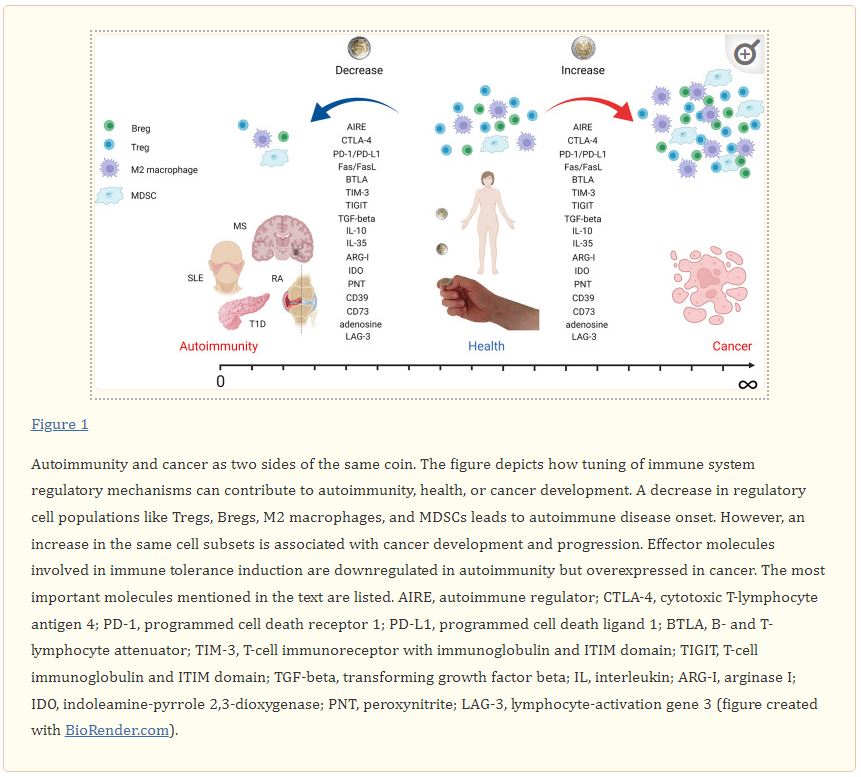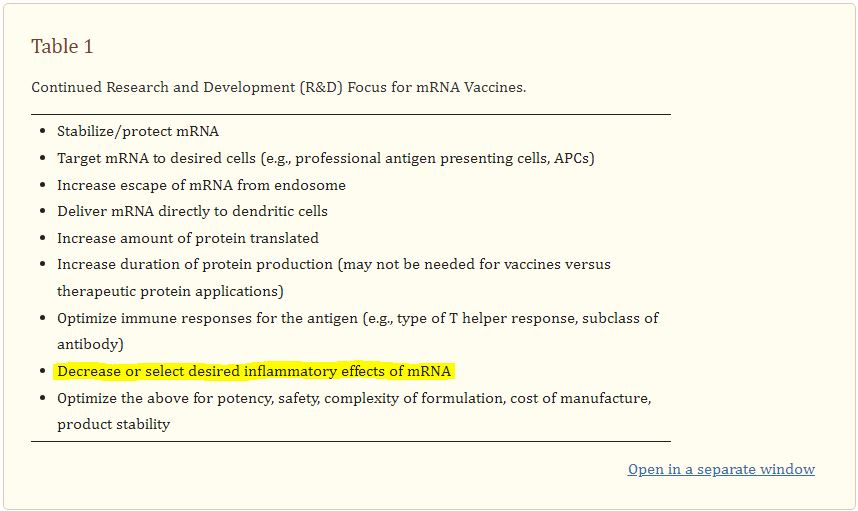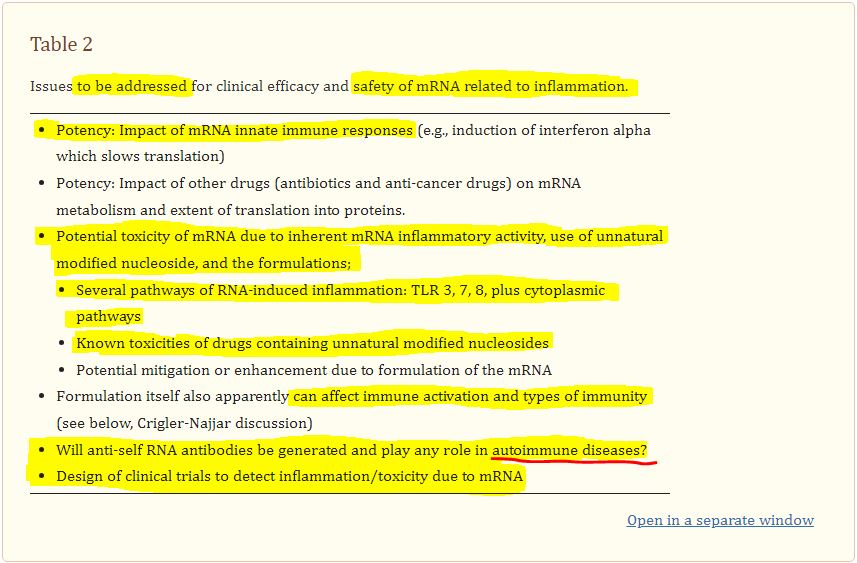| « How My Garage Refrigerator Died :-( | Which Will It Be? The "New Normal" or A Return To Normal? » |
Conspiracy Theorist's Advocate (3) COVID-19 Vaccines and Eugenics
This information is from Our World in Data.
70.6% of the world population has received at least one dose of a COVID-19 vaccine.
13.53 billion doses have been administered globally, and 21,130 are now administered each day.
32.8% of people in low-income countries have received at least one dose.
This is a rather morbid subject, understand I'm looking at this from a purely logical standpoint.
Many people believe that the COVID-19 vaccines were designed to reduce the global population as a whole. While that's possible, it's not very probable. How would you know who to kill off?
Is it possible that this is more of a culling? Which is the essential method of action with eugenics. Culling requires removing specific animals from a herd, or people in this case.
Given the strange side effects of the COVID-19 vaccines, the oddest is the frequent and sudden onset of congenital disorders. Diseases that are normally present from the time of birth, or at least have some genetic historical connection to the patient. Perhaps someone else in their family had a particular genetic disorder.
The vast majority of of people "coming down with" genetic disorders are developing autoimmune diseases. Many people are not aware, but infection is listed as the number one cause of "waking up" dormant, or recessive genes that result in autoimmune disorders. This article is rather long, but it consists of a list of various immunity disorders that are linked to infections.
Autoimmune diseases (ADs) are chronic pathologies triggered by the loss of immunological tolerance to self-antigens, which can cause systemic or organ specific damage. ADs are common, with an estimated prevalence of 3,225/100,000. They are also a frequent cause of morbidity and mortality (1,2). Genetic and environmental factors are the main ones involved in the pathogenesis of ADs. Infections and exposure to pathogens or opportunistic organisms are among the environmental factors and may induce the initiation or exacerbation of ADs (3-5). Many types of infection may influence one or more of these diseases, and a single organism may be able to trigger more than one AD (1,6). In this chapter, the evidence indicating a causal role of infections in the development of ADs is reviewed.
Could it be that the vaccines were really a way to "wake up" dormant genes in people who have genetic predispositions to various genetic "defects?" In other words a literal culling. Perhaps to kill off the people who are considered genetically inferior. Like those who have a genetic predisposition to immune disorders.
Then there's the cancer aspect. Cancer is essentially an immune disorder. You might have never heard this before.
Autoimmune disease results from the immune response against self-antigens, while cancer develops when the immune system does not respond to malignant cells. Thus, for years, autoimmunity and cancer have been considered as two separate fields of research that do not have a lot in common. However, the discovery of immune checkpoints and the development of anti-cancer drugs targeting PD-1 (programmed cell death receptor 1) and CTLA-4 (cytotoxic T lymphocyte antigen 4) pathways proved that studying autoimmune diseases can be extremely helpful in the development of novel anti-cancer drugs. Therefore, autoimmunity and cancer seem to be just two sides of the same coin. In the current review, we broadly discuss how various regulatory cell populations, effector molecules, genetic predisposition, and environmental factors contribute to the loss of self-tolerance in autoimmunity or tolerance induction to cancer. With the current paper, we also aim to convince the readers that the pathways involved in cancer and autoimmune disease development consist of similar molecular players working in opposite directions. Therefore, a deep understanding of the two sides of immune tolerance is crucial for the proper designing of novel and selective immunotherapies.
Vaccines are immunotherapies -- just not for cancer. They are functionally the same thing. They both attempt to produce a specific immune response in the host.
With mRNA vaccines nearly all of the potential Adverse Events or (AEs) were known -- long before the vaccines were pushed on the public. This paper was published in April 24, 2019. You might be surprised at the long history of clinical testing as it relates to mRNA vaccines. There is an exhaustive list of reasons that the technology rarely moved past early stage trials. To assume that the inherent issues with mRNA vaccines were corrected and tested just months, before the COVID-19 vaccine rollout are simply not believable. Operation Warp Speed allowed for nearly all of the normal regulatory safety measures to be bypassed.
I'll list a few of the tables from the article, highlighting those adverse events that have now been observed in patients who have received the current COVID-19 vaccines. Keep in mind, all of these adverse events were still and issue as of the above listed article from April 24, 2019.
Summary and conclusion from the 2019 document.
In summary, despite all the excitement over pre-clinical efficacy of mRNA, it should be remembered that in many ways, the mRNA field is recapitulating what occurred with plasmid DNA 20+ years ago, when seemingly almost any disease could be prevented or treated in pre-clinical animal disease models with the administration of an unformulated plasmid encoding a key antigen [1]. Therefore, one must keep in mind that pre-clinical immunogenicity or even protection/therapy, and human immunogenicity are low hurdles and are not predictive of human efficacy. One reason this is so challenging is that, for many of the diseases under evaluation, scientists do not know which immune response or combination of immune responses and which antigen targets are the crucial elements for efficacy; the vaccine technology alone is not the only piece of the puzzle. Table 5 summarizes the main advantages and disadvantages of mRNA vaccines with a comparison to DNA vaccines.
Reported Phase I clinical trial results for mRNA vaccines are encouraging, although only the results of the first rabies mRNA vaccine have been published in the peer reviewed literature. The results for the human Metapneumovirus + Parainfluenza virus 3, and the Respiratory syncytial virus (RSV) phase I studies were announced via press release, thus details are not available. The target for the RSV vaccine mRNA was not publicly disclosed at the time the Phase I study was initiated, and to this date, the study appears to not be listed on clinicaltrials.gov. Whether the immune responses are at sufficient levels or have the types of needed immune responses and the necessary duration to result in protective efficacy is unknown and is not necessarily predicted by the Phase I studies.
One should also not ignore the reported toxicities seen with the rabies mRNA vaccine [55] that included limited systemic AEs for the majority of patients (78%) and even grade three AEs in ~10% of patients following doses of 80–400 μg mRNA via different routes, although the conclusions were that the vaccine was generally safe. It is not known whether the pre-clinical hepatic toxicity that proved to be a “no go” result for a particular Crigler-Najjar mRNA candidate is relevant to the mRNA vaccine studies from the same company, because, despite the low doses used, the doses and mRNA formulation for vaccine studies may be different. This is in comparison to DNA vaccine clinical trials where 4 mg doses of DNA i.m. with boosts have been used in a variety of clinical trials with limited systemic symptoms [83,84,85] while generating good immune responses.
Just as DNA vaccines, after more than 25 years since the first publication of preclinical protective efficacy, are still a work in progress in improving potency and finding the right antigens and targets, there remain challenges for mRNA to become clinical products. For both DNA and mRNA vaccines (and monoclonal antibodies and bi-specific antibodies before them), a simple concept may have a challenging path to reality, and the technology may not be totally generic. mRNA may be even more complex than plasmid DNA because of the modifications (modified nucleosides) plus the formulations needed for stability, delivery, and the need to control the innate immunostimulatory activity of the mRNA. However, it also offers advantages in terms of manufacture that avoids the need for any animal or cellular products. The hope is that once the fundamental key challenges are solved for both plasmid DNA and mRNA, the clinical successes will come rapidly, although that has not occurred for moving from the veterinary licensed products for DNA vaccines into humans, demonstrating how much still needs to be understood, not just about the technologies but about the diseases that are being treated or prevented.
I read parts of this article in 2019 on Wikipedia. This was before the entire COVID-19 Pandemic scare. I found it searching for something to do with animals. The dangers related to mRNA tech -- were still listed in the Wikipedia article in 2019. I went to show the Wikipedia article to my wife, in late 2020, and it had changed. I decided to look on the Internet Archive (WayBack Machine) to view an older version, and the history for the "mRNA Vaccine" page for Wikipedia only went back to 2020! We know that research has been going on for more than 25 years per the article I quoted above. Are we really to believe that there wasn't an mRNA Wikipedia article before 2020?
It was at that point that I knew something was definitely not right with the entire COVID-19 situation.
The Nazis got their inspiration for eugenics from the United States of America?
What is often not appreciated is that Nazi efforts were bolstered by the published works of the American eugenics movement as the intellectual underpinnings for its social policies. One of Hilter's first acts after gaining control of the German government was the passage of the Law for the Prevention of Hereditarily Diseased Offspring (Gesetz zur Verhütung erbkranken Nachwuchses) in July 1933
Is it possible that through all of the mRNA testing, perhaps some of it that was never published, they found that mRNA could be used to awaken recessive genetic defects? If the goal was to cull the population (removing those with genetic defects, or those who might die from cancer) convincing as many people as possible to get “vaccinated” might be a simple way to accomplish that goal.
When questioning the possibility of a "global culling," it would be wise to consider -- perhaps they never stopping working towards this goal.
US Eugenics Poster Circa 1926:
What do you think?
Please leave a comment, like it or hate it... You DO NOT need to register to leave a comment. Email addresses are NOT used. Just make one up "someone@somehost.com"




